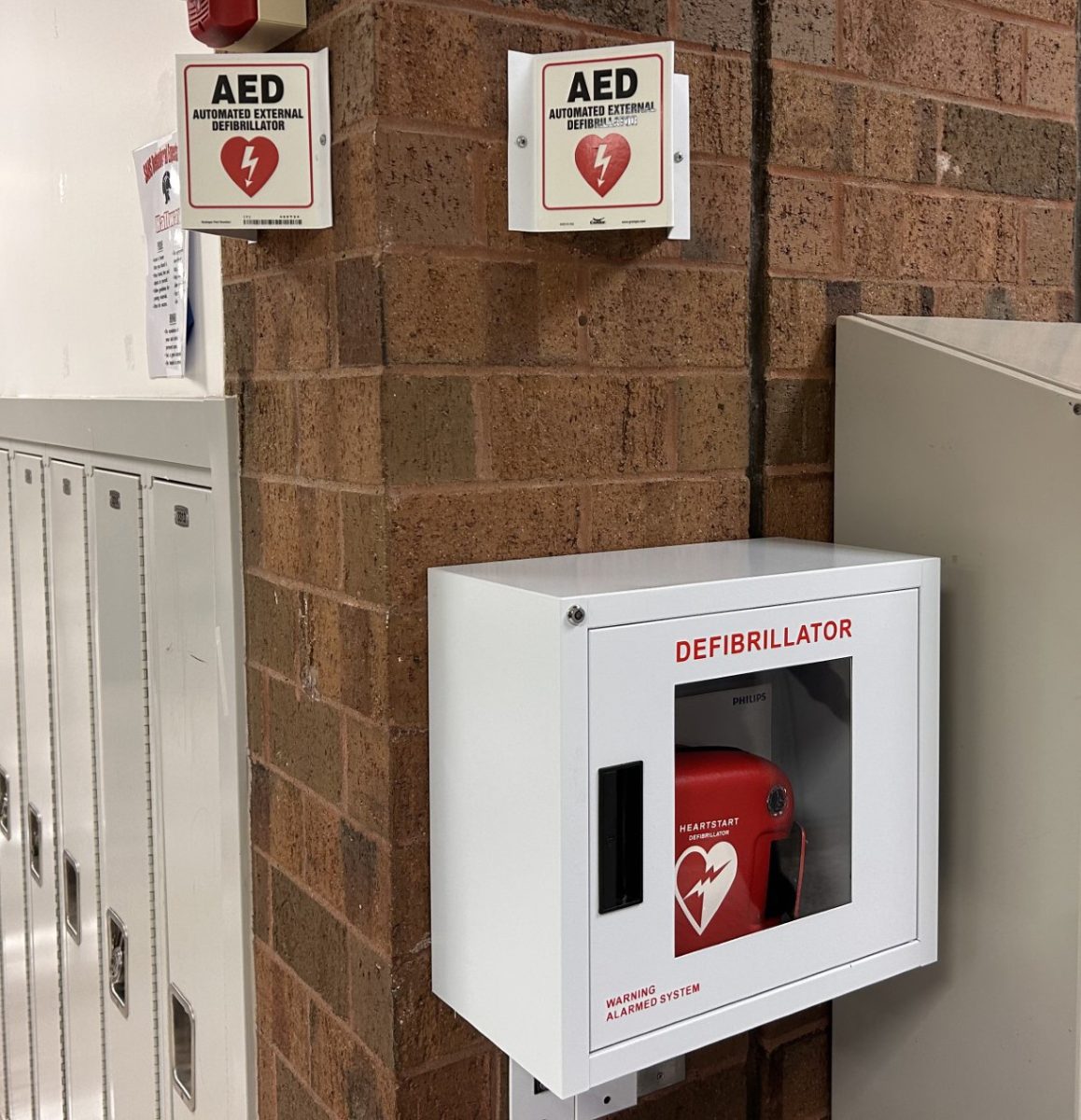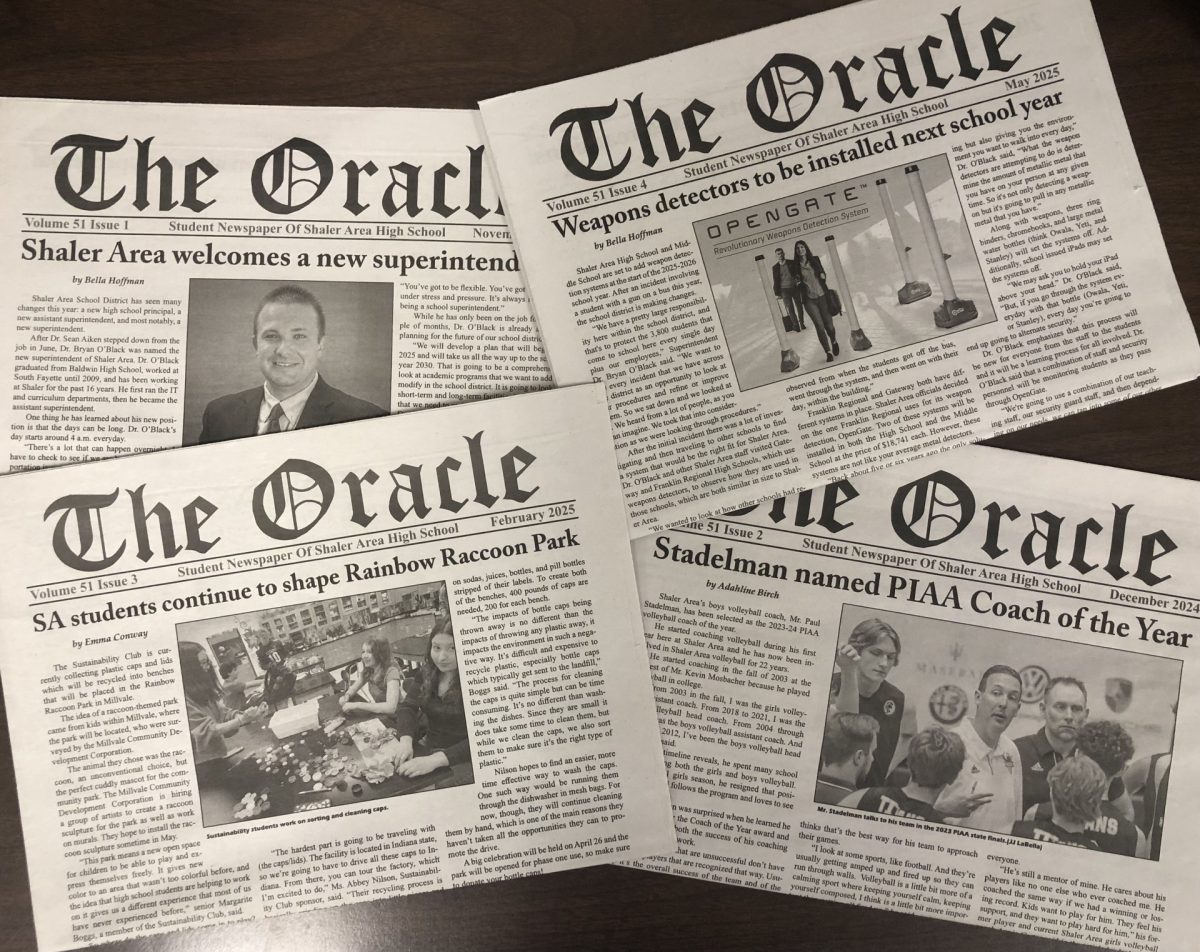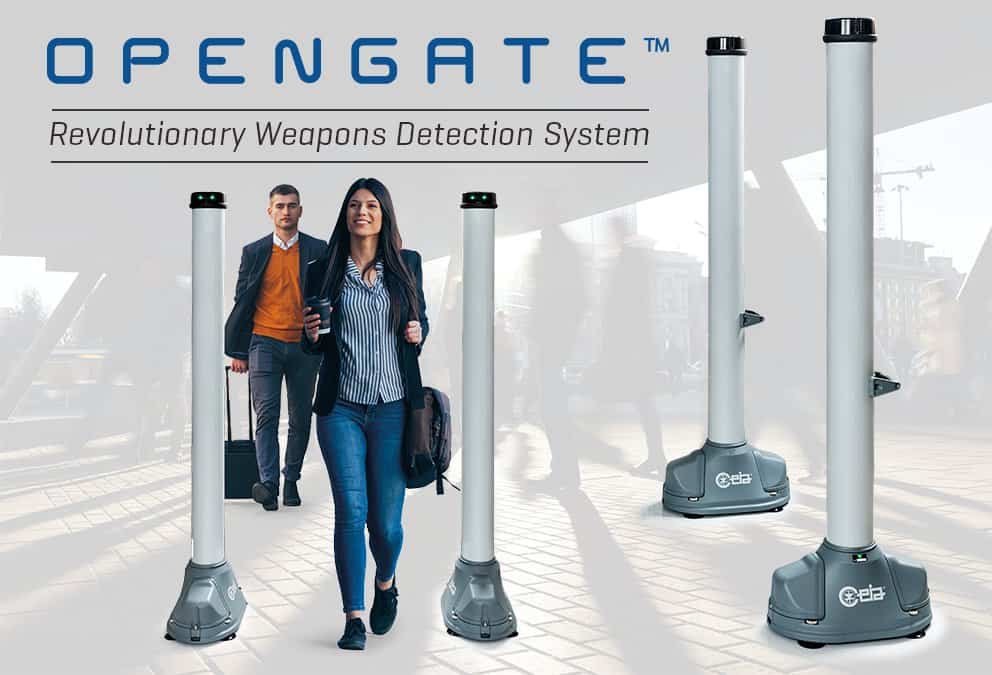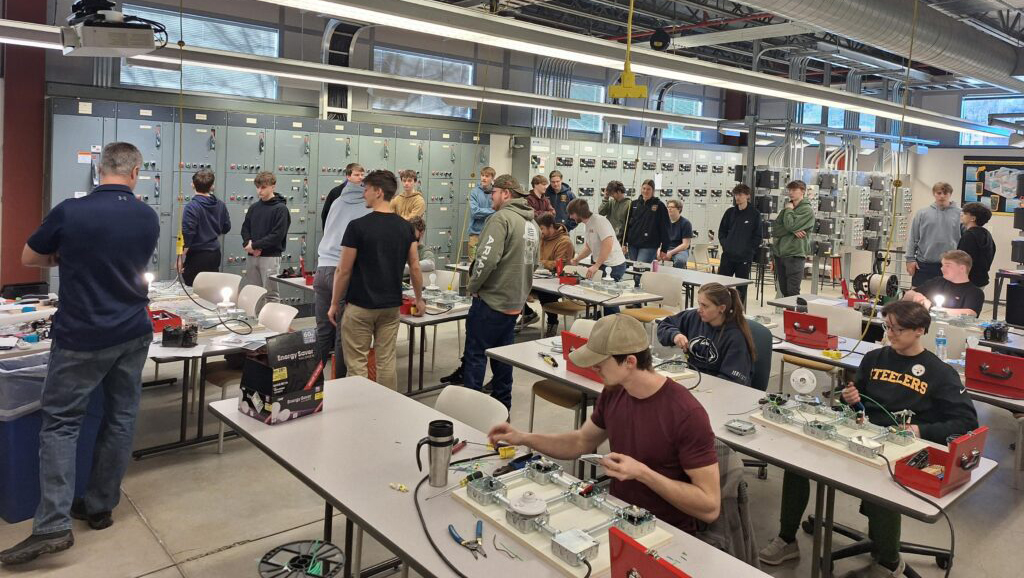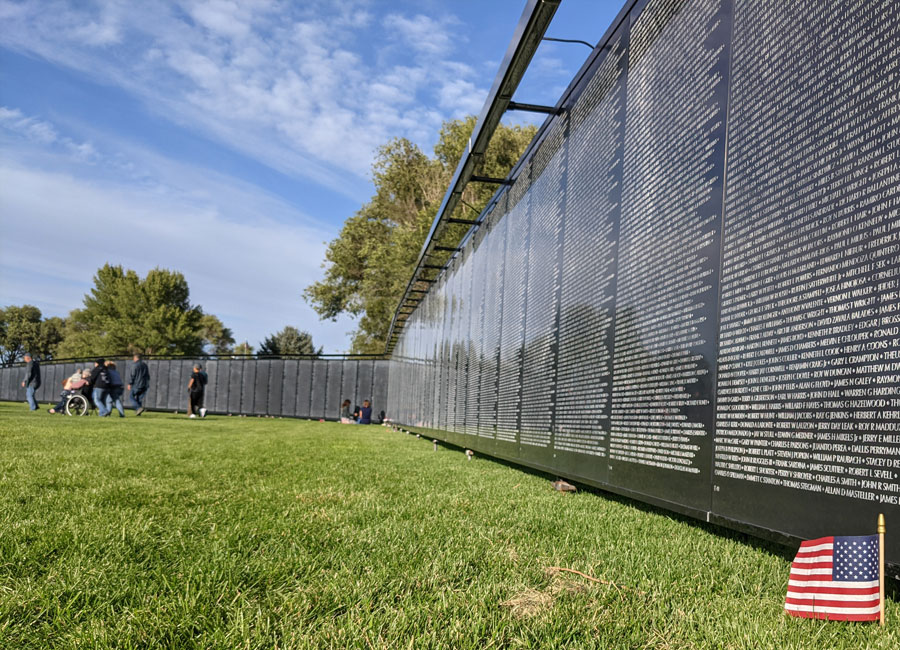In response to a recent incident that highlighted the need for faster access of life saving equipment, school nurses took a proactive step to prevent any incident where a student is left without needed equipment to save lives by adding two new AEDs.
There are now four in total Automated External Defibrillators, also known as AEDs, that have been strategically placed around the school, ensuring rapid response in critical situations. There were two placed in the front entrance and weight room, but with the addition of the two new AEDs, they were rearranged to be in gym B, near the library, in the health office, and near attendance last May.
The catalyst for the new initiative was an incident in the school where the need for an AED became apparent, prompting a reflective decision from the nursing staff. While the AED was ultimately unnecessary, the valuable minutes spent getting the AED caused a realization that more of these devices were needed.
“In our debrief of the incident we reflected on the time it takes to send someone to get the device, and that those precious minutes could be saved by having quicker access to a machine,” Mrs. Darcy Lutz, our school nurse said.
There was also a similar but unrelated event concerning NFL player, Damar Hamlin. Hamlin went into cardiac arrest on the field during a game and his story brought a lot of attention to the matter. Though this event did not cause the school to get new AEDs, it spread a lot of awareness around the need for education about CPR and AEDs.
In light of the event at Shaler, the question arises: should teachers be required to know how to use AEDs and perform CPR? According to the nurse’s perspective, every citizen should be trained in these life-saving skills, as one can never predict when they might become the first responder, be it at school, a grocery store, or a public event. While not mandatory for teachers, the district encourages and educates staff to seek training, fostering a community of preparedness.
In most student’s junior year, the health class has a unit and a test to enforce the knowledge but when it comes down to it, the staff are the people we need to depend on in situations where young adults and teens cannot work under pressure.
Some teachers have expressed fears over using this life saving equipment but when addressing concerns about using AEDs, it’s crucial to understand that these devices are designed to deliver shocks only when necessary. Education plays a pivotal role in alleviating fears. Additionally, Good Samaritan Laws provide legal protection to bystanders who attempt to help in good faith.
“If we encourage and educate our staff hopefully they will have the desire to get trained. I think all students should get trained as well,” Lutz said.


